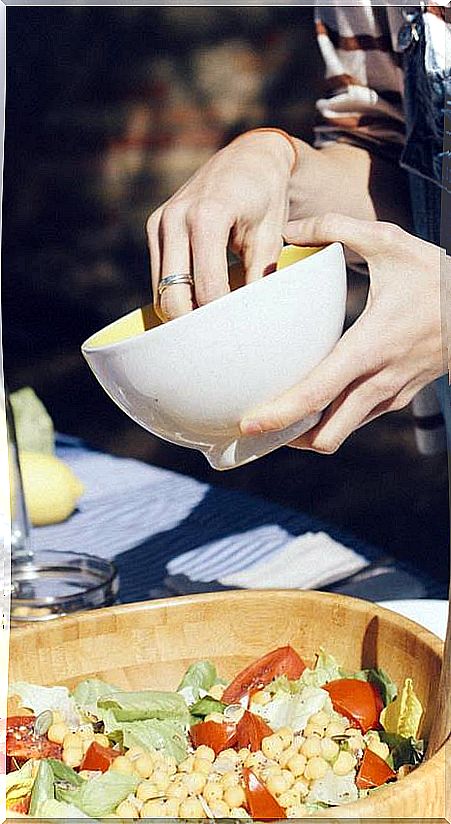Homocysteine, Cholesterol’s Secret Sister
High levels of homocysteine are associated with serious cardiovascular and neurological diseases. You can control them through diet.

Cholesterol has often been blamed for all ills. Cholesterol is the bad guy in the film, clogging the arteries and causing heart attacks and arteriosclerosis.
Without our realizing it, cholesterol was trying to fix the problems caused by a shadowy substance: homocysteine. But it is not necessary to invent a new false story of good and bad: this substance is not a problem if we do not let it grow.
What is homocysteine?
Homocysteine is an amino acid that appears as a result of normal metabolic processes, a consequence of the metabolism of methionine, an amino acid obtained from food. It is partly recycled and converted back to methionine, but the excess causes a series of inflammatory damages associated with vascular and neurological diseases.
High homocysteine: causes, symptoms and treatment
Values above 10.4 micromoles per liter (mcmol / L) in women and 11.4 in men are considered high. The optimal level is around 6.3 mcmol / L. To determine this, an ordinary blood test is carried out that can be ordered by the doctor in preventive check-ups.
What are the effects of high homocysteine?
Too much homocysteine can cause damage to the blood vessel walls, which cholesterol then tries to repair. This can lead to arteriosclerosis due to the accumulation of atheroma plaques and stiffness of the arteries, heart failure, and heart and brain strokes.
There is even more: it is associated with neurological disorders such as Parkinson’s, Alzheimer’s, dementia, etc., risk of termination of pregnancy and births with neural tube defects. Although you can be involved in all of these disorders, you are not yet considered a direct culprit and few care to know anything about your homocysteine levels and what they can do about it.
Causes of high homocysteine
The main cause of the increase in homocysteine is the deficiency in the diet of certain essential nutrients that participate in its recycling: vitamins B12, B6 and folic acid.
It is also associated with the consumption of foods of animal origin. On the one hand, roasts and fried foods increase oxysterol, an oxidized derivative of cholesterol that is associated with an increase in homocysteine. On the other hand, meat provides a lot of methionine, its precursor amino acid.
Methionine is an essential amino acid and is not harmful per se , the problem is the excess. In legumes, seeds and nuts it is found in lower quantities than in meat. In fact, many studies indicate that precisely a reduction in the consumption of methionine can increase the longevity of some animals.
A kidney disorder, liver disorder, or tumor process can also cause increased homocysteine levels. All the more reason to monitor our blood levels of this substance regularly.
How can we lower homocysteine?
To reduce homocysteine levels we can decrease our intake of foods that provide methionine and increase the consumption of essential nutrients that help “recycle” homocysteine.
- Avoid animal products.
- Cut down on coffee and alcohol.
- Increase your intake of vitamin B6 : it is found in whole grains, legumes (especially chickpeas), bananas, nuts (especially pistachios) and potatoes. Each day you must take several servings of these foods in order to obtain 1.4 mg daily.
- Eat foods with folic acid : you will find it mainly in green leafy vegetables, such as spinach, cabbage and lettuce, but it is also found in legumes and in fruits such as oranges. This vitamin is essential, among other processes, for the development and functioning of the nervous system.
- Make sure you have vitamin B12 : without vitamin B12, it is not possible to recycle homocysteine into methionine.









